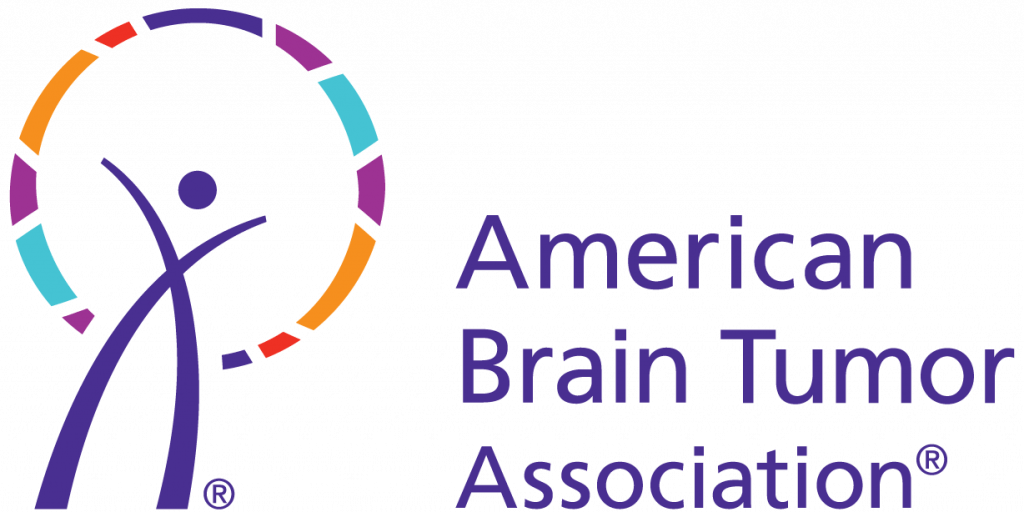Astrocytomas are tumors that arise from astrocytes—star-shaped cells that make up the “glue-like” or supportive tissue of the brain. They are slow growing and tend to invade surrounding tissue and thus are known as “diffuse.”
Although there is some overlap, diffuse astrocytoma tumor types tend to vary by age at diagnosis and are classified into adult-type and pediatric-type glioma categories. In some instances (more frequently in children), astrocytoma can be described as circumscribed (clearly defined) rather than diffuse, for example, a type known as a pilocytic astrocytoma. Astrocytoma, IDH-mutant can be further divided into three grades (2, 3, or 4) with higher grades associated with more rapid growth.
Location
Diffuse astrocytoma can appear in various parts of the brain and nervous system, including the cerebellum, cerebrum, brainstem, spinal cord, and central areas of the brain. They most commonly develop in the frontal or temporal lobes.
Symptoms
Common signs of an astrocytoma are seizures, headaches, and personality changes. Other symptoms may also be noted including weakness or numbness in an arm or leg or changes related to thinking, learning, concentrating, problem-solving, and decision-making. Symptoms may vary by location and size of the tumor.
Diffuse astrocytoma can appear in various parts of the brain and nervous system, including the cerebellum, cerebrum, brainstem, spinal cord, and central areas of the brain. They most commonly develop in the frontal or temporal lobes.
Treatment
If the tumor is located in a region of the brain that is accessible, the usual treatment for astrocytoma is surgical removal of as much of the tumor tissue as possible. In instances in which the tumor can be removed, surgery may be the only treatment needed. Biopsy is typically performed on tumors that are not accessible to confirm the diagnosis and help guide treatment.
If some of the tumor remains (also called “residual” tumor) or if the tumor has molecular characteristics that suggest it may be more likely to recur, radiation treatment may be recommended following surgery. Radiation therapy generally takes place over the course of a six-week time period and may be given along with chemotherapy.
Depending upon the amount of residual tumor and the molecular characteristics of the tumor itself, chemotherapy may be suggested to treat the remaining tumor. There are several types of chemotherapy that may be used as well as several ways in which the treatment may be received (i.e., via a pill or an intravenous injection).
Regular MRI scans are recommended following the diagnosis of astrocytoma, generally at least once per year. Patients with seizures will need to be followed for their seizure medication.
A recurring astrocytoma may be treated with surgery, particularly when the time between initial diagnosis and recurrence is extended. In this way, the diagnosis can be updated to reflect any molecular changes that may have occurred over time, whether they be naturally occurring or associated with any treatments including radiation, chemotherapy, or immunotherapy. They may also be treated with radiation therapy, depending on whether or how much radiation was given after the original diagnosis. Chemotherapy/immunotherapy and clinical trials are additional options.
Prognosis
Prognosis means a prediction of outcome. This information is usually based on information gathered from groups of people with the same disease. It is important to remember these statistics are not individualized.
The 5-year relative survival rate for diffuse astrocytoma by age group are as follows:
- Children (ages 0-14): 82.2%
- Adolescents and Young Adults (ages 15-39): 77.6%
- Adults (ages 40+): 33.1%
Incidence
Adult astrocytomas are estimated to account for 3.5% of all primary brain tumors with approximately 1,500 new diagnoses in the United States each year.
Age Distribution
Diffuse astrocytomas most often occur between the ages of 20-60 with a median age at diagnosis of 46 years for lower grade lesions and 54 years for higher grade lesions.
Although these tumors are found in both men and women, they tend to occur more often in men.
Risk Factors
Molecular Profile
Molecular profiling is the detection of specific genes, proteins, or other molecules in a tumor. This information helps confirm tumor diagnosis, inform treatment options, and predict prognosis.
Astrocytoma, IDH-mutant tumors are a type of glioma that have mutations in one of two genes called IDH1 and IDH2. In addition to alterations in the IDH1 and IDH2 the genes ATRX, TP53, and CDKN2A/B may also show characteristic changes. Astrocytoma, IDH-mutant can be further divided into three grades (2, 3, or 4) with higher grades associated with more rapid growth.
Additional Resources
Content last reviewed:
January 2022 by Elizabeth Claus, MD, PhD




